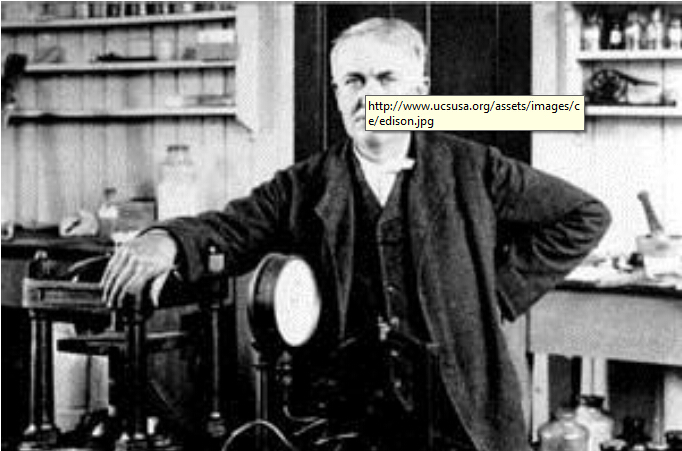
能源简史
收藏

A Short History of Energy The Old Days Before the industrial revolution, our energy needs were modest. For heat, we relied on the sun—and burned wood, straw, and dried dung when the sun failed us. For transportation, the muscle of horses and the power of the wind in our sails took us to every corner of the world. For work, we used animals to do jobs that we couldn't do with our own labor. Water and wind drove the simple machines that ground our grain and pumped our water.
Simple machines based on the ability to harness the power of steam have been dated by some sources as far back as ancient Alexandria. The evolution of the steam engine continued over time and significantly ramped up in the 17th and 18th centuries. But it was the significant adaptations of Thomas Newcomen and James Watt in the mid 1700s that gave birth to the modern steam engine, opening up a world of possibility. A single steam engine, powered by coal dug from the mines of England and Appalachia, could do the work of dozens of horses.
More convenient than wind and water, and less expensive than a stable full of horses, steam engines were soon powering locomotives, factories, and farm implements. Coal was also used for heating buildings and smelting iron into steel. In 1880, coal powered a steam engine attached to the world's first electric generator. Thomas Edison's plant in New York City provided the first electric light to Wall Street financiers and the New York Times.
工业革命前的能量旧天短暂的历史中,我们的能源需求是温和的。热,我们依赖于太阳和燃烧木材,稻草,和干粪当太阳的失败。运输,肌肉的马,在我的帆风的力量把我们带到世界的每个角落。我们的工作,用动物来做的工作,我们不能做我们自己的劳动。水和风把简单机械地我们的粮食和泵水。
简单的机的基础上,利用蒸汽发电能力已过时的来源追溯到古亚历山大。蒸汽机的发展持续时间显着增加在第十七和第十八世纪。但它是托马斯纽科门和杰姆斯瓦特在18世纪中期,催生了现代蒸汽机的重大调整,开辟了可能性的世界。一个单一的蒸汽机,采用挖煤炭从英格兰和阿巴拉契亚的矿山,可以做许多工作的马。
不是风和水更方便,而且比稳定的全马便宜,蒸汽机很快就被供电的机车,工厂,和农具。煤也用于建筑物取暖和炼铁成钢。1880,煤为动力的蒸汽机连接到世界上第一个发电机。托马斯爱迪生在纽约市的工厂提供的第一电光源到华尔街的金融家和纽约时报。
